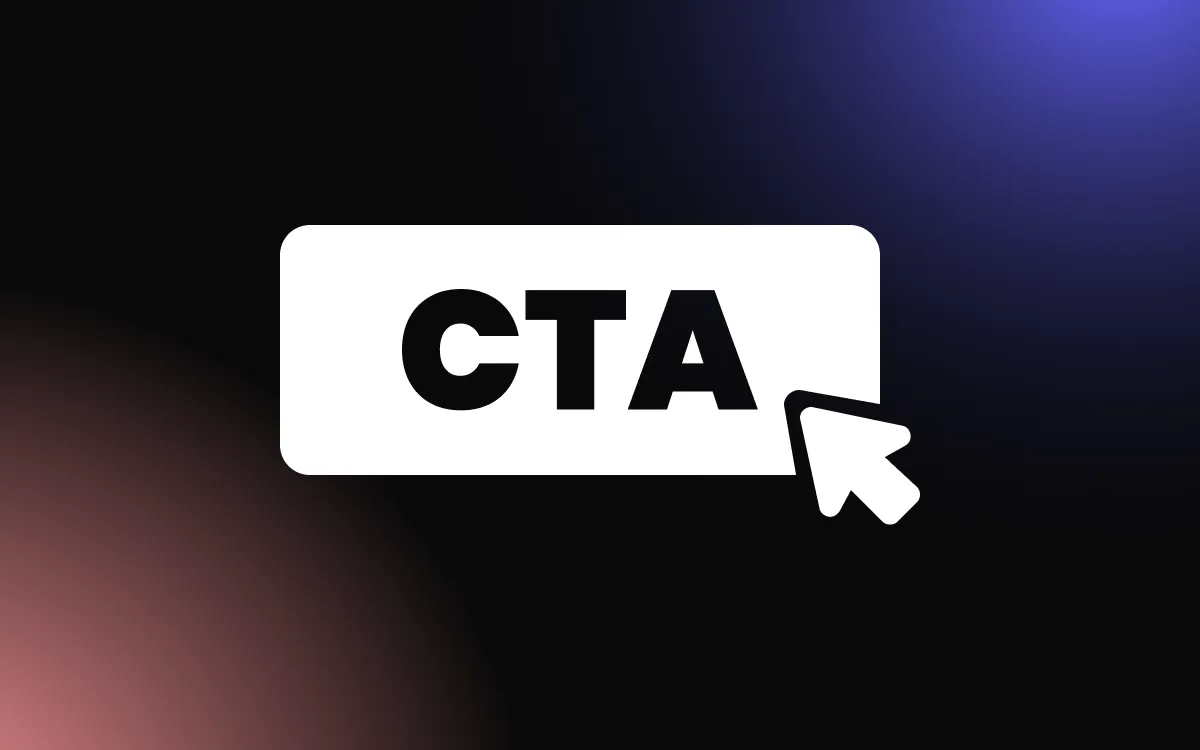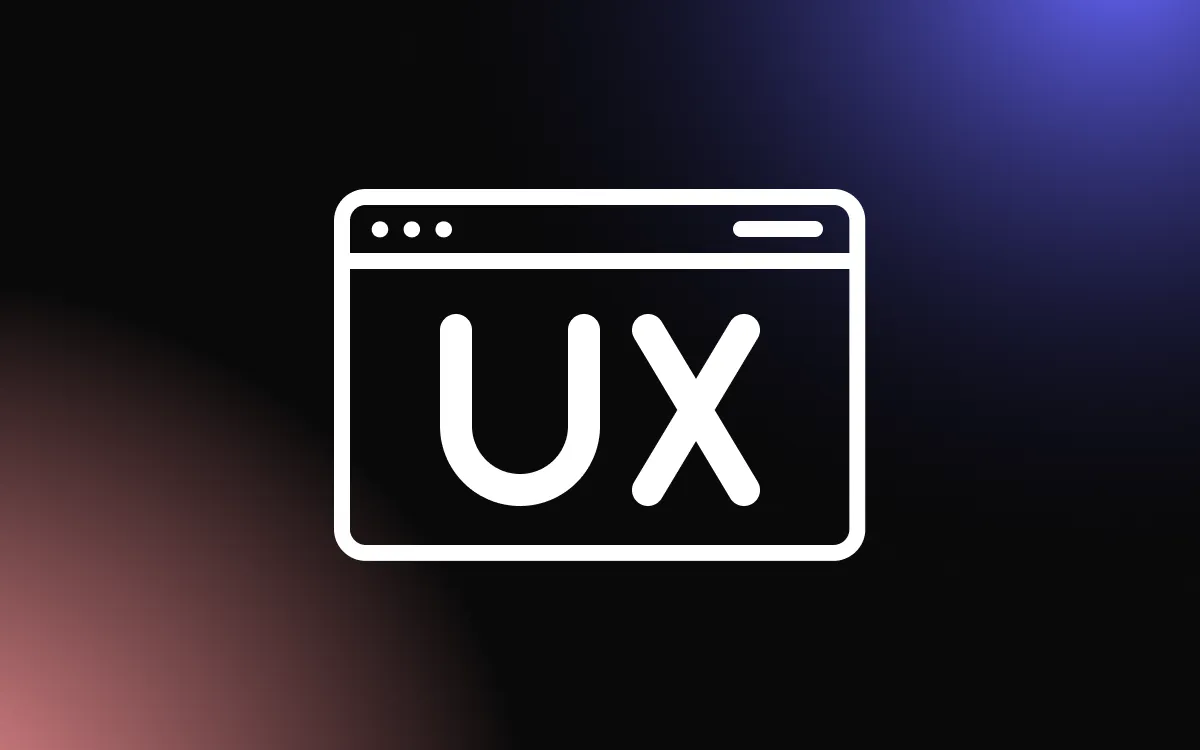
A logo is more than just a visual representation of a brand; it's a powerful tool for communication and engagement. It encapsulates a brand's identity, values, and promises, all within a concise and memorable design.
The process of creating a logo that resonates with audiences and stands the test of time involves a deep understanding of design principles, brand messaging, and consumer psychology.
This article will explore the essential strategies for successful logo design, offering insights and guidance to navigate the creative process effectively, ensuring your logo not only looks good but also works effectively in building a strong, recognizable brand presence.
The Role of a Logo in Brand Identity

In today's bustling marketplace, a well-crafted logo plays an invaluable role in building and solidifying a brand's identity. It serves as a visual representation of a company's values, mission, and products or services, making it easier for consumers to identify and relate to the brand.
What is a Logo and Why is it Important?
A logo is a graphic mark, emblem, or symbol used to aid and promote public recognition of a product, service, or organization. The importance of a logo lies in its visual nature, providing a quick and intuitive way for people to identify and connect with the brand it represents. It's a silent ambassador, speaking volumes without uttering a single word.
Logos convey the essence of a brand, often embodying the company's philosophy and differentiating it from competitors. They’re essential in creating a first impression and helping businesses establish a presence in the consumers' minds.
In essence, logos act as the face of the brand, giving it a recognizable and memorable identity in the vast sea of the marketplace.
The Connection Between Logo and Brand Perception
The design and appearance of a logo can significantly influence consumers' perception of a brand. A thoughtfully designed logo that resonates with the target audience can contribute to a positive brand image and foster loyalty among consumers. It subtly communicates the quality, reliability, and purpose of the brand, shaping consumers' expectations and experiences.
In contrast, a poorly designed logo may fail to convey the brand's message effectively, potentially leading to a negative perception or confusion about the brand's identity. The connection between logo and brand perception is profound, with the logo acting as a crucial tool in creating and maintaining a desirable brand image in the minds of consumers.
Principles of Effective Logo Design
Logo design is a meticulous process that requires thoughtful consideration and creative ingenuity. An effective logo must encapsulate the essence of a brand while resonating with the target audience.
As a significant element of a brand's identity, a logo's design should adhere to several core principles to ensure its effectiveness and longevity.
Simplicity and Memorability
One of the cardinal principles of effective logo design is simplicity. A simple logo design is not just aesthetically pleasing; it’s also easier for individuals to recognize and recall. The most iconic logos in the world are often the simplest, effortlessly etching themselves into the public's memory.
Simplicity in design enhances memorability, ensuring that the logo remains at the forefront of the audience’s mind, thereby enhancing brand recognition.
Versatility Across Different Mediums
Versatility is another crucial aspect of effective logo design. In our diverse and multi-faceted media environment, a logo must maintain its clarity, impact, and distinctiveness across various platforms and formats, from business cards and letterheads to social media and websites.
A versatile logo seamlessly adapts to different mediums and contexts without losing its essence, ensuring consistent brand representation and recognition.
Timelessness: Designing for Longevity
An effective logo transcends fleeting design trends, maintaining its relevance and appeal over time. Timeless logos are not swayed by transient fads or styles but are rooted in enduring design principles that contribute to their lasting impact.
Designing a logo with longevity in mind ensures that it continues to effectively represent the brand, retaining its significance and resonance for years, if not decades, to come.
Appropriateness for the Target Audience and Industry
Lastly, an effective logo must be appropriate for its intended audience and industry. It should resonate with the specific demographic the brand aims to reach, reflecting their preferences, values, and aspirations.
Additionally, a logo should be congruent with the industry it represents, aligning with sector-specific expectations and standards.
An appropriate logo underscores the brand's credibility and relevance, fostering a deeper connection with the audience and bolstering the brand’s overall image and reputation.
The Logo Design Process
Designing a logo is a comprehensive and iterative process, entailing multiple stages that encompass understanding the brand, conceptualizing ideas, refining designs, testing variations, and finalizing the logo for delivery.
Each step in the logo design process plays a crucial role in ensuring the final design effectively encapsulates the brand's essence, resonates with the target audience, and stands the test of time.
Step 1: Research and Understand the Brand
The logo design process begins with extensive research and a thorough understanding of the brand. This step involves gathering detailed information about the company, its values, mission, objectives, target audience, and the industry it operates in.
The insight garnered from this phase lays the foundation for a logo that accurately and authentically represents the brand, ensuring alignment with the company's ethos and goals.
Step 2: Brainstorming and Sketching Ideas
After garnering a solid understanding of the brand, the next step involves brainstorming and sketching various logo ideas. This stage allows designers to unleash their creativity, exploring diverse concepts, shapes, colors, and fonts.
Hand-drawn sketches serve as a preliminary visualization of the logo concepts, enabling designers to swiftly experiment with different ideas and visualize the potential look and feel of the final design.
Step 3: Digital Prototyping and Refinement
Post brainstorming, selected logo sketches undergo digital transformation. In this phase, designers use advanced graphic design software to create digital prototypes of the logo concepts.
The digital environment allows for meticulous refinement, fine-tuning every aspect of the logo, including color schemes, typography, and graphical elements, to ensure coherence, balance, and aesthetic appeal.
Step 4: Testing Logo Variations
With digital prototypes in hand, the next step involves testing the logo variations in various contexts and applications. This step is crucial for assessing the logo's adaptability, visibility, and impact across different mediums and platforms.
It enables designers to discern how the logo performs in real-world scenarios, ensuring it maintains its clarity, recognizability, and resonance in diverse applications.
Step 5: Finalizing and Delivering the Logo
Upon completion of testing and any necessary revisions, the logo design process culminates in the finalization of the logo. This phase involves polishing the chosen logo design, ensuring every element is perfected to meet the brand’s specifications and standards.
After finalization, the logo is prepared for delivery in various file formats, ensuring its readiness for diverse applications, from print to digital platforms, ensuring a seamless integration into the brand’s various marketing mediums.
Color Psychology in Logo Design
In logo design, understanding color psychology is pivotal for crafting a design that resonates with the intended audience and aptly conveys the brand's message. Colors elicit specific emotional responses and associations, impacting people's perceptions and interactions with a brand.
The strategic use of colors in logo design can enhance brand recognition, influence consumer behavior, and contribute to a brand’s overall appeal.
The Emotions and Associations of Different Colors
Different colors evoke varying emotions and associations, playing a critical role in how a brand is perceived. For instance, red is often associated with excitement, passion, and urgency, making it a popular choice for brands seeking to captivate and engage audiences.
Blue, on the other hand, evokes feelings of trust, calm, and reliability, suitable for organizations aiming to project stability and confidence.
Green is synonymous with health, tranquility, and nature, often used by brands emphasizing environmental consciousness or wellness.
Understanding these emotional cues and associations is crucial for selecting colors that reinforce the brand’s personality, message, and values.
Choosing Colors that Align with Brand Values
Choosing colors that align with a brand's values is an essential aspect of effective logo design. It ensures coherence between the visual elements of the logo and the ethos of the brand, fostering a harmonious and authentic brand image.
For example, a brand prioritizing sustainability and environmental responsibility might opt for shades of green in their logo to underscore their commitment to eco-friendliness. Similarly, a technology company aiming to convey innovation and modernity might lean towards cool tones like blue or silver.
This alignment of colors with brand values not only reinforces the brand’s message but also enhances its resonance with the target audience, contributing to improved brand perception and affinity.
Typography and Its Impact
Typography in logo design is much more than choosing a font that looks good. It's about selecting a typeface that embodies the character of the brand and complements the other elements of the logo design, ensuring seamless integration and enhanced visual appeal.
The Personality of Different Typefaces
Different typefaces carry distinct personalities and can dramatically affect the perception of the logo and, by extension, the brand. A serif font, for instance, may convey tradition, respectability, and reliability, making it a suitable choice for financial institutions or law firms.
In contrast, sans-serif fonts exude a sense of modernity, cleanliness, and simplicity, often utilized by tech companies and startups. Script fonts can convey elegance and creativity, resonating with brands in the fashion or arts sectors.
The choice of typeface should reflect the brand's character, helping to visually communicate the brand’s identity to the audience.
Balancing Legibility with Style
While the style and personality of a typeface are essential, balancing them with legibility is paramount. A logo should be easily readable across various platforms and sizes, from a small icon on a website to a large billboard ad.
Ensuring the typeface is clear and legible, without sacrificing style, is a critical aspect of effective logo design. Selecting a font that harmonizes with other design elements while maintaining readability ensures the logo effectively communicates the brand’s identity, enhancing recognition and recall.
The impact of typography on logo design is substantial, influencing not only the aesthetics of the logo but also its functionality and effectiveness in conveying the brand's essence.
Common Mistakes to Avoid in Logo Design
Creating a logo is a delicate endeavor where small mistakes can have unforeseen consequences. Being aware of potential pitfalls is essential for avoiding them, ensuring the resulting logo stands as a strong representation of the brand.
Overcomplicating the Design
One common mistake in logo design is the tendency to overcomplicate the design. Incorporating too many elements, colors, or intricate details can lead to a cluttered and confusing logo that fails to communicate the brand’s identity effectively.
A complex logo may also lack scalability, becoming unrecognizable when resized for different platforms. Prioritizing simplicity is essential for creating a clear, memorable, and versatile logo.
Following Trends Blindly
Another error to avoid is the blind following of design trends. While staying current and relevant is important, a logo should have a timeless quality that transcends fleeting trends. A design that is overly trendy may quickly become outdated, necessitating frequent redesigns and leading to a lack of brand consistency and recognition.
Ensuring the logo has a timeless and classic appeal while remaining contemporary is crucial for its long-term viability.
Neglecting the Target Audience
A significant mistake in logo design is neglecting the target audience. A logo should be designed with the specific audience in mind, ensuring it resonates with them and effectively communicates the brand’s message.
Failing to consider the preferences and expectations of the target demographic can result in a logo that fails to connect with the audience, undermining the brand’s image and reach.
Tools and Software for Logo Design
Navigating the world of logo design requires adept skills and the right tools to bring creative visions to life. Various software and platforms are available to assist both novice and experienced designers in creating compelling, effective logos.
Vector Graphic Editors (e.g., Adobe Illustrator)
Vector graphic editors like Adobe Illustrator are fundamental tools in the logo design process. These programs allow for the creation and editing of vector graphics, ensuring that logos retain their quality and clarity across various sizes and mediums.
Adobe Illustrator, in particular, offers a robust array of features, including advanced drawing tools, color palettes, and typography options, providing designers with the flexibility and precision needed to create professional-quality logos.
Online Logo Makers and Generators
For those with limited design experience or resources, online logo makers and generators present a convenient alternative.
Platforms like Looka and Hatchful enable users to create decent logos using pre-designed templates and customizable elements. These tools often offer user-friendly interfaces and straightforward design processes, allowing even those with no design background to create logos with ease.
Collaboration and Feedback Platforms
Collaboration and feedback are essential aspects of the logo design process, especially for designers working within a team or alongside clients.
Platforms like InVision and Slack facilitate seamless collaboration, enabling designers to share their work, gather feedback, and make necessary revisions efficiently. These tools streamline communication and coordination, ensuring all stakeholders can contribute to the logo design process effectively.
Examples of Iconic Logo Designs and Their Success Stories
Apple
- Logo: An apple with a bite taken out.
- Success Story: The Apple logo is synonymous with innovation and quality. The simplicity and sleekness of the logo mirror the design philosophy of Apple's products. It has become a status symbol and a mark of technological sophistication.
Nike
- Logo: The Swoosh.
- Success Story: The Nike Swoosh, designed by Carolyn Davidson, represents motion and speed. It conveys a sense of movement and athleticism, aligning with Nike’s mission to bring inspiration and innovation to every athlete in the world.
McDonald’s
- Logo: The Golden Arches.
- Success Story: The McDonald's Golden Arches are one of the most recognizable logos worldwide. It symbolizes the welcoming and friendly environment of their restaurants, and it's a symbol of fast service and consistency.
Coca-Cola
- Logo: The Coca-Cola script.
- Success Story: The Coca-Cola logo, designed by Frank M. Robinson, has remained largely unchanged since its creation in 1885. Its classic and timeless design evokes feelings of nostalgia and happiness.
Mercedes-Benz
- Logo: The Tri-Star.
- Success Story: The Mercedes-Benz logo is a symbol of luxury and quality. The tri-star represents the brand’s dominance in quality and style over all forms of land, sea, and air transportation.
The Future of Logo Design
As industries and technologies continue to evolve, so does the field of logo design. Anticipating and adapting to these changes is essential for maintaining relevancy and effectiveness in logo creation.
The Rise of Animated and Interactive Logos
One notable trend is the rise of animated and interactive logos. As brands seek to engage consumers in more dynamic and memorable ways, logos are becoming more than static images.
Animated logos captivate audiences with movement and transformation, offering a novel, engaging visual experience. Interactive logos go a step further, incorporating elements that respond to user actions, fostering interaction and engagement with the brand.
Adapting to Evolving Digital Platforms and Mediums
The proliferation of diverse digital platforms and mediums also shapes the future of logo design. Logos must now be designed with adaptability in mind, ensuring they maintain their visual impact across a myriad of platforms, from social media and websites to mobile apps and virtual reality environments.
This adaptability extends to different screen sizes, resolutions, and orientations, ensuring logos remain clear, recognizable, and effective in various digital contexts.
The Growing Emphasis on Inclusivity and Diversity in Design
In addition, there's a growing emphasis on inclusivity and diversity in design. Brands are increasingly recognizing the importance of representing and resonating with a diverse audience.
Logos are being designed with greater attention to cultural sensitivity, inclusivity, and global appeal, reflecting a broader commitment to equity and representation in branding and design.
Conclusion
In conclusion, successful logo design is a delicate balance of aesthetics, functionality, and thoughtful messaging. It requires a comprehensive understanding of the brand it represents and a creative approach to translating that understanding into a visually compelling design. The strategies outlined in this article serve as a robust foundation for creating a logo that resonates with audiences, builds brand recognition, and stands the test of time.
Remember that continuous learning, practice, and adaptation to emerging trends and consumer preferences are crucial for maintaining the effectiveness and relevance of your logo design in an ever-evolving market landscape.


